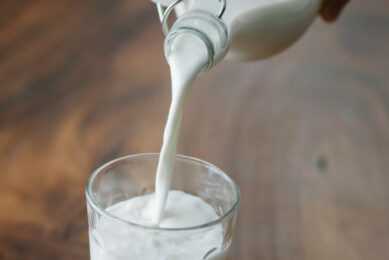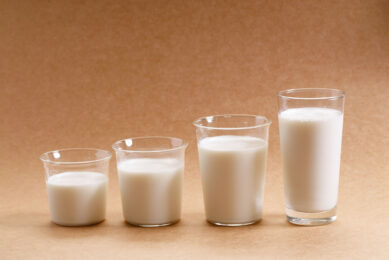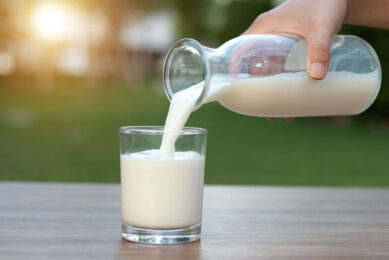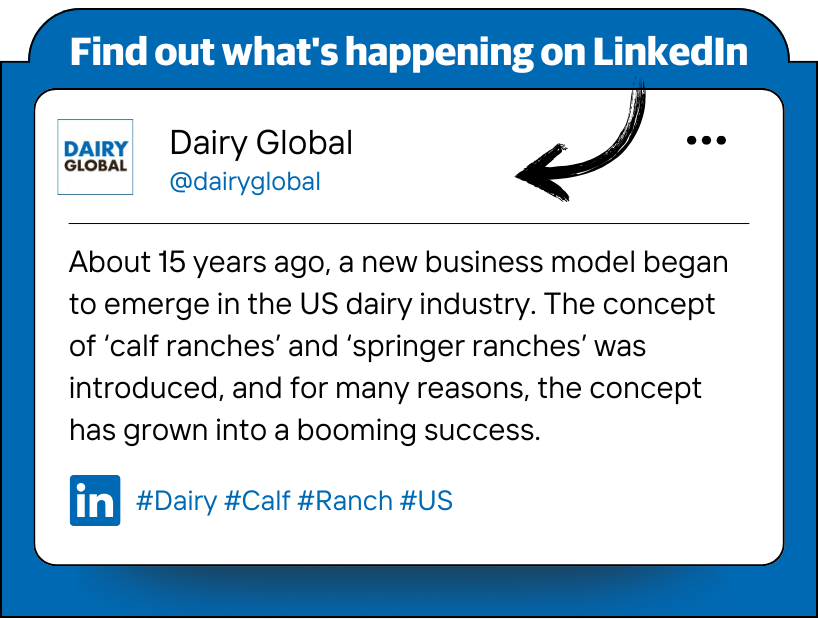“Demand for dairy remains resilient in 2025”
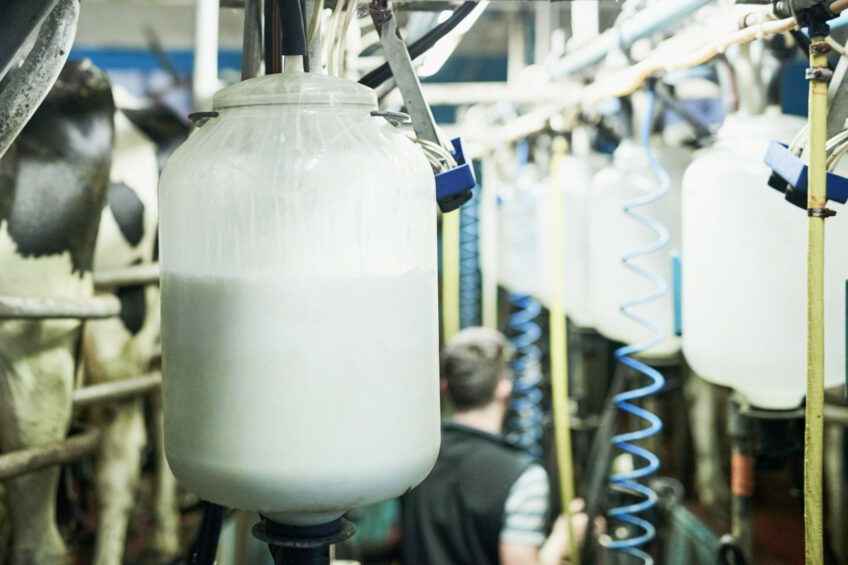
In this conversation, Mary Ledman, global dairy strategist at RaboResearch, talks about growth and resilience in dairy, as well as livestock diseases and their impact on milk supply. She also discusses global volatility and conflicts, and how these factors play out in the global dairy market.
On the supply side, weather and animal health issues have tempered global milk production growth during the past 12 months. However, RaboResearch is forecasting year-over-year production gains for key exporting regions of Oceania, Europe, the US and South America (Argentina, Brazil, Uruguay). These regions have enjoyed improved farmgate margins and in some cases more favourable weather that has led to stronger year-over-year milk production. We expect milk production from the ‘Big 7’ to grow by more than 1% in 2025, resulting in the largest annual volume increase of 3.2 mmt since 2020.
Demand uncertainty is related to price and trade. Consumers across the globe have been under budgetary pressure. Retail dairy prices have been mixed around the world. The competition for the consumer wallet has contributed to lower foodservice demand and trading down in the retail aisle. Nevertheless, dairy demand remains resilient and stocks are manageable.
The recent elevated tensions in the Middle East are concerning, especially for potential risking input costs for fertiliser and oil. The Middle East is an important dairy import market and it is possible that they are stock-building. Middle East buyers increased their purchases by 25% year-over-year in the recent [June 17] Global Dairy Trade auction.
At this point, we see a greater risk from bluetongue in Europe than avian influenza in the US. For example, in the last 30 days there were only 3 new cases confirmed in 2 states (California and Idaho). In contrast, new strains of bluetongue have emerged with traditional vaccinations providing only limited protection. German authorities assess the risk of a resurgence as high, particularly between May and September.
Escalating trade tensions exist between the US and its trading partners and China and the EU over EVs. While less than 10% of global milk production is traded in the form of finished products, trade remains very import – especially for the ‘Big 7’ dairy exporting regions. Fortunately, there has been little year-over-year change in dairy product trade volume in 2025. However, the situation has been chaotic and has created logistical challenges. Certainty is the change needed that would have a positive impact on production and trade.
Oceania prices have benefited from increased trade, with volume for the 3 months to April 2025 up 5% year-over-year, driven by a 10% increase in exports to China and underpinned by a weak New Zealand dollar.
Despite animal health and climate challenges impacting milk supply and inflationary and trade challenges impacting dairy demand, the sector remains resilient and the outlook for farmgate margins continues to be positive.
Join 13,000+ subscribers
Subscribe to our newsletter to stay updated about all the need-to-know content in the dairy sector, two times a week.



